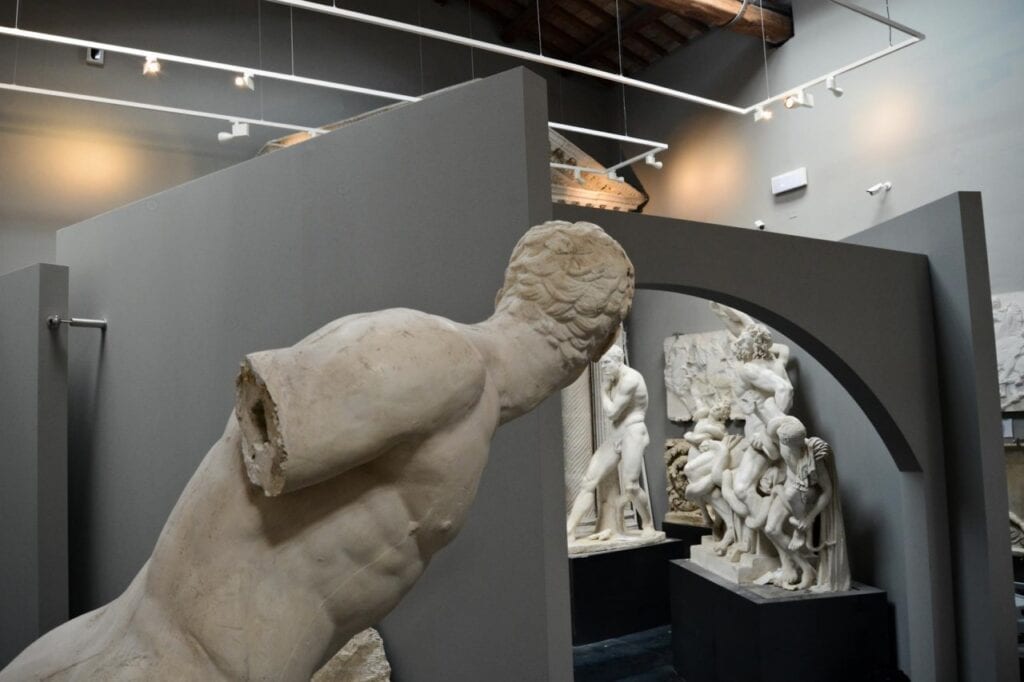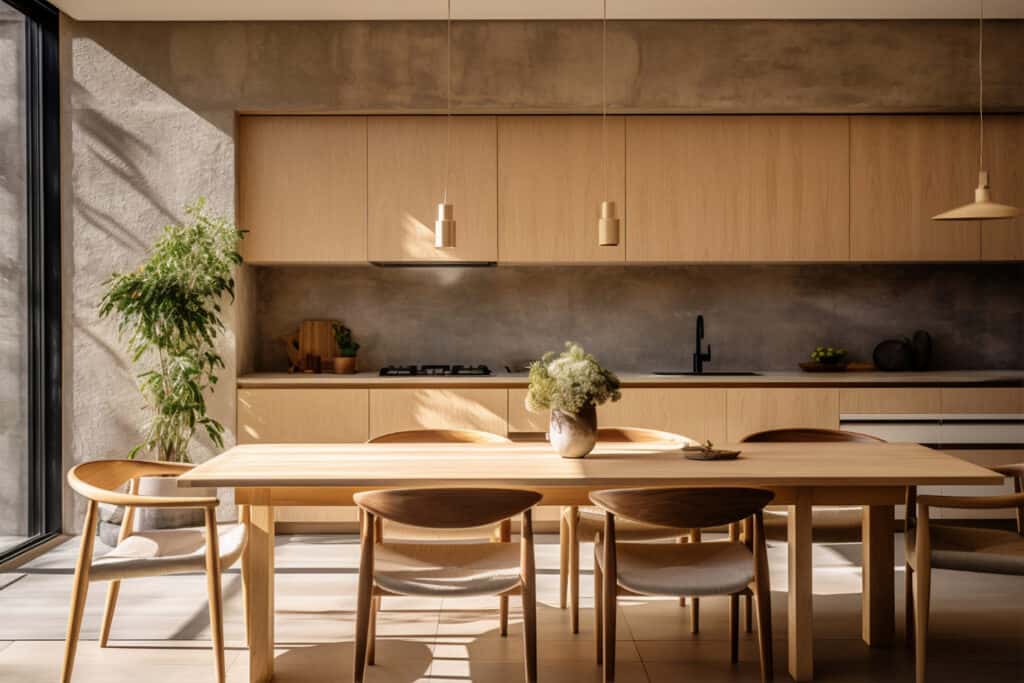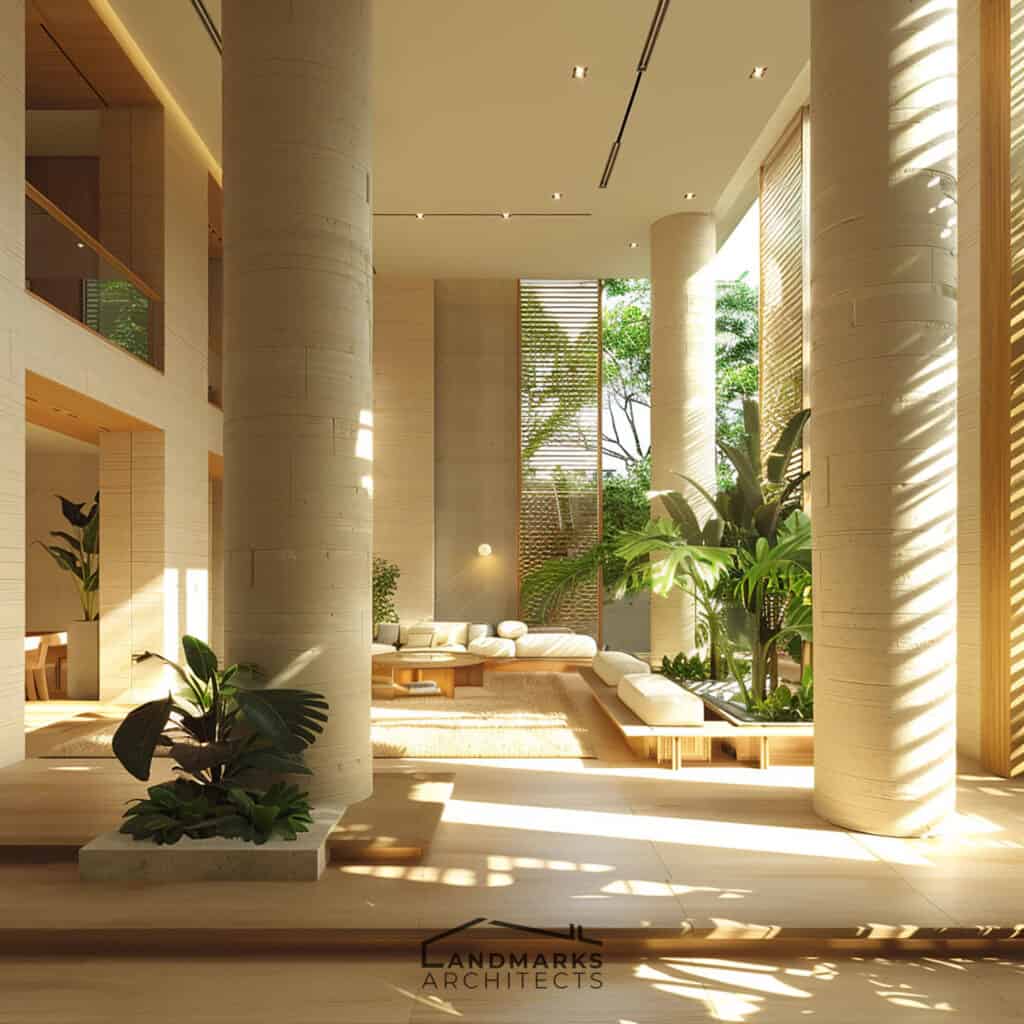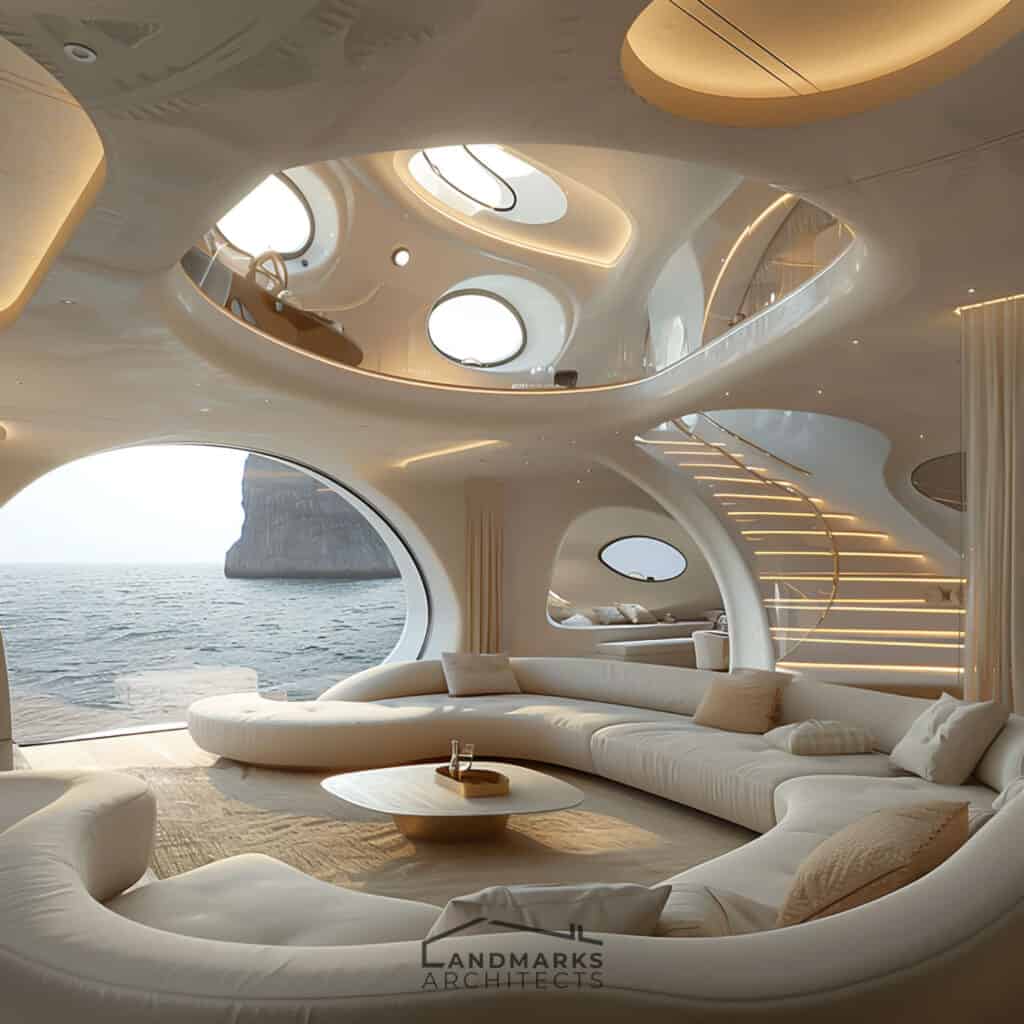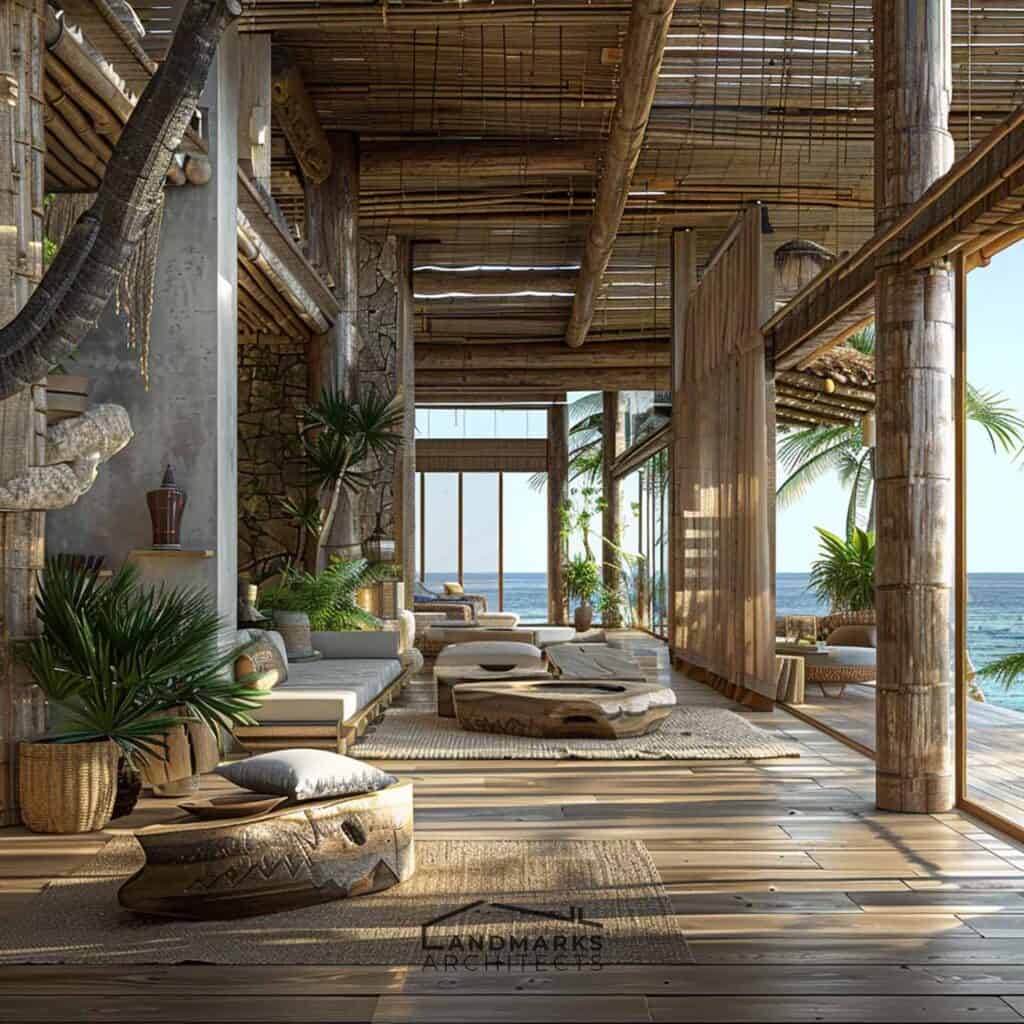Have you ever wondered how architecture can float? As rising sea levels and urban space limitations challenge cities worldwide, the need for innovative solutions is more pressing than ever.
You, the forward-thinking reader, are looking for groundbreaking ways to merge sustainability with design. You’re not alone—many are exploring new possibilities in urban planning and eco-friendly living.
In this article, we’ll guide you through 5 floating buildings that defy gravity and offer a glimpse into the future of urban architecture.
You’ll discover:
- Floating Pavilions
- Sky Pools
- Cantilevered Cliff Houses
- Innovative Museums
- Cultural Centers
Continue reading to explore how these floating wonders can inspire the future of architecture.
By the end, you’ll see how these visionary designs can transform our cities into more sustainable, space-efficient, and awe-inspiring environments.
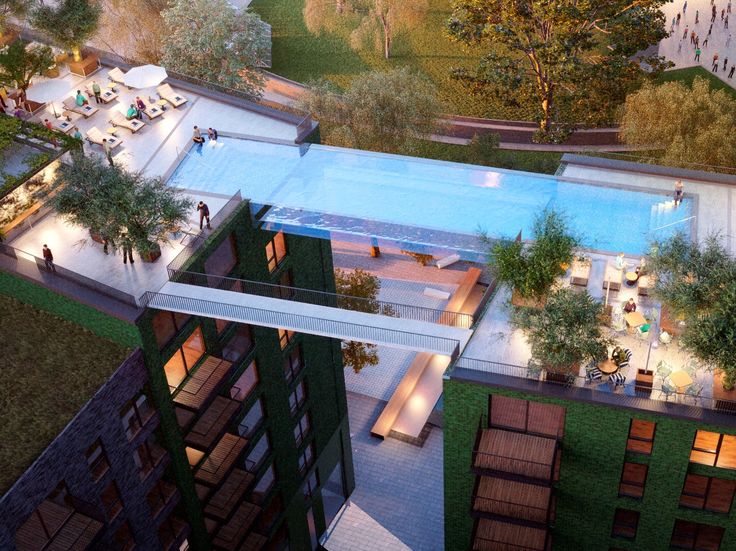
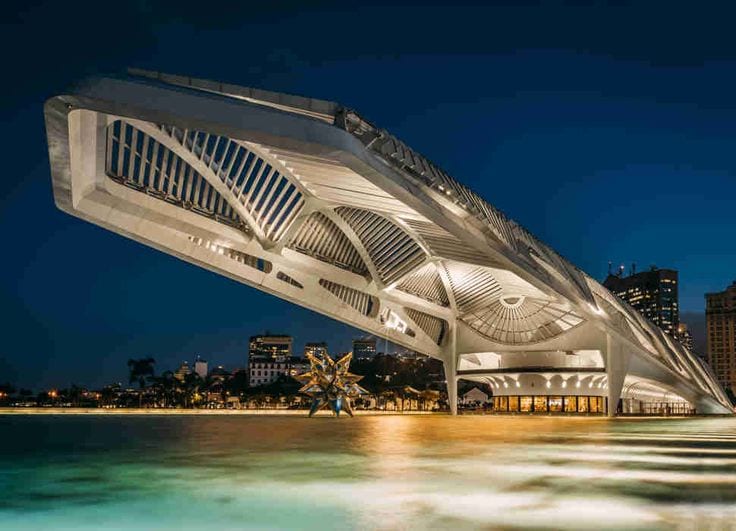
1. Floating Pavilion, Rotterdam, Netherlands
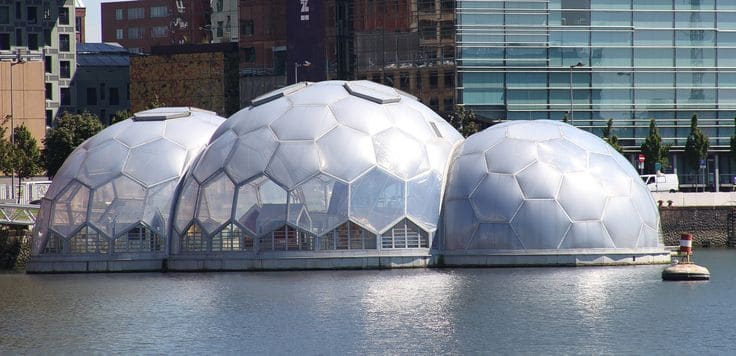
The Floating Pavilion in Rotterdam is a pioneering example of water-based architecture, developed by DeltaSync. Serving as a multifunctional event and information space, it addresses sustainable urbanization amidst rising sea levels and growing urban populations.
Its unique design features three interconnected hemispheres supported by a lightweight foundation, allowing it to adapt to changing water levels. The pavilion emphasizes energy efficiency and environmental sustainability while showcasing how architecture can integrate with ecosystems.
As an educational tool, it raises awareness about floating urbanization and eco-friendly construction, highlighting innovative solutions to modern urban development challenges.
2. Sky Pool, London, UK
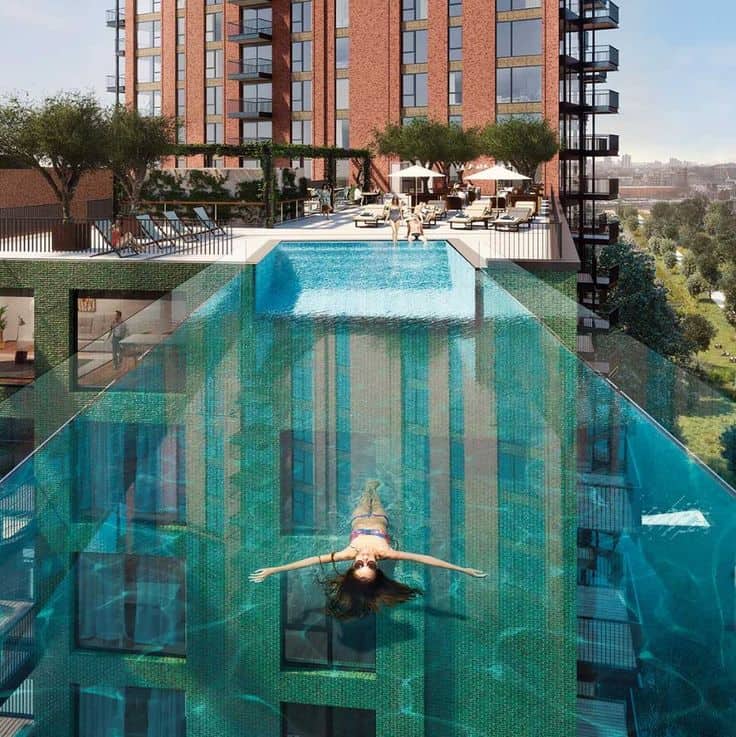
The Sky Pool, located in the Embassy Gardens development in southwest London, is a stunning architectural marvel. Suspended 10 stories above the ground, it connects two buildings and creates a surreal experience, making it seem as though it floats in mid-air.
Measuring 25 meters in length, the transparent acrylic pool offers swimmers breathtaking views of the London skyline. Designed for residents and their guests, the Sky Pool exemplifies modern engineering and luxury, pushing the boundaries of contemporary urban architecture.
This unique feature exemplifies the innovation of today’s residential environments.
3. Cantilevered Cliff House, Australia
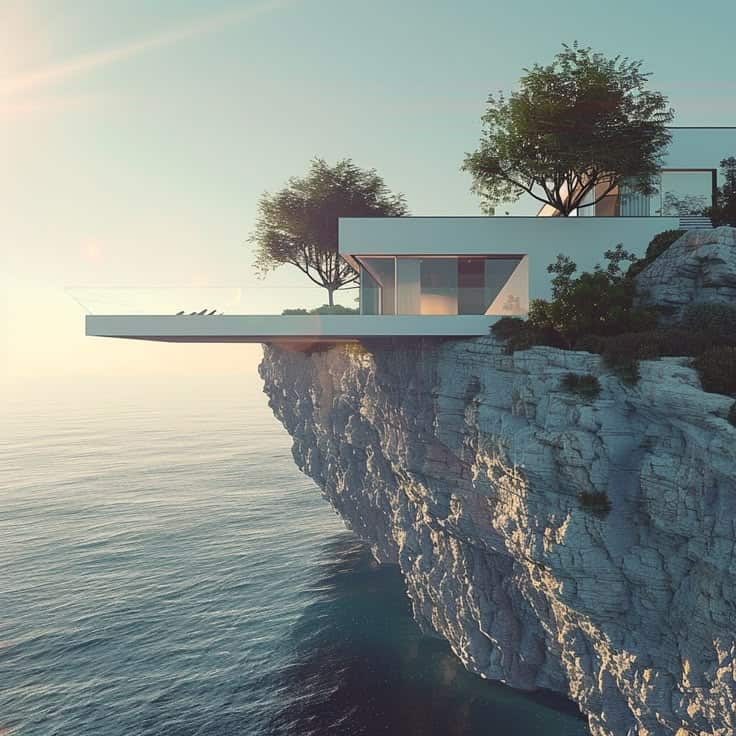
The Cantilevered Cliff House in Australia is a stunning example of innovative architecture. Perched on the edge of a cliff, it creates an illusion of floating above the vast ocean below. This design challenges traditional architectural norms with its engineering feats.
Suspended on the edge, the house offers unmatched views of the ocean and landscape through expansive windows. Despite its delicate appearance, the house is built with robust materials for stability and safety.
Its daring cantilever design exemplifies how modern architecture can blend audacious design with nature, captivating both architects and visitors alike.
4. Museum of Tomorrow, Rio de Janeiro, Brazil
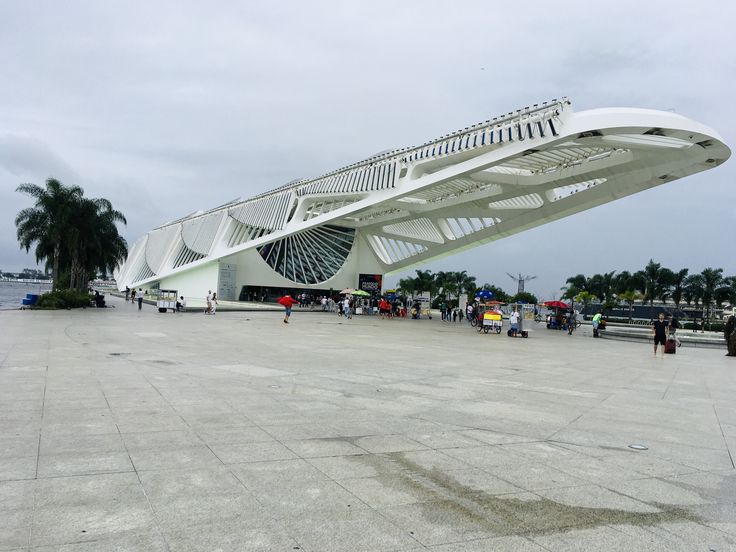
The Museum of Tomorrow (Museu do Amanhã), located in Rio de Janeiro, Brazil, is a science museum designed by Spanish architect Santiago Calatrava. Opened on December 17, 2015, it stands at Pier Mauá, revitalizing the city’s waterfront.
The museum’s design features a large overhanging cantilever, creating the illusion of floating above the ground. Its exhibitions focus on sustainability and the future of humanity, aligning with Rio’s cultural identity.
See Also 5 Futuristic Cities That Look Straight Out of Sci-Fi
5. Heydar Aliyev Center, Baku, Azerbaijan
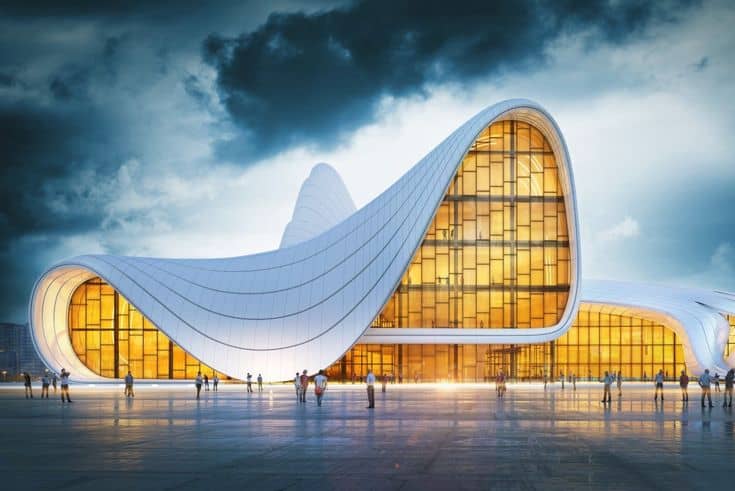
The Heydar Aliyev Center in Baku, Azerbaijan, is a cultural center designed by Iraqi-born British architect Zaha Hadid. Completed in 2012, it is renowned for its distinctive architecture characterized by flowing, curved forms that avoid sharp angles.
The building’s undulating design gives the impression of a continuous, flowing structure, appearing to defy gravity.
See Also 5 Spectacular Skyscrapers with Mind-Blowing Designs
5 Floating Buildings That Defy Gravity: A Recap
In conclusion, these architectural marvels illustrate the evolving relationship between design, innovation, and the environment.
From floating structures like the Rotterdam Pavilion to the suspended luxury of the Sky Pool in London, and the daring Cantilevered Cliff House in Australia, each project challenges traditional boundaries.
The Museum of Tomorrow in Brazil and the Heydar Aliyev Center in Azerbaijan further highlight how architecture can address sustainability, cultural identity, and the future.
Collectively, they offer inspiring solutions to urbanization, blending aesthetics with functionality while pushing the limits of what’s possible in modern architectural design.



